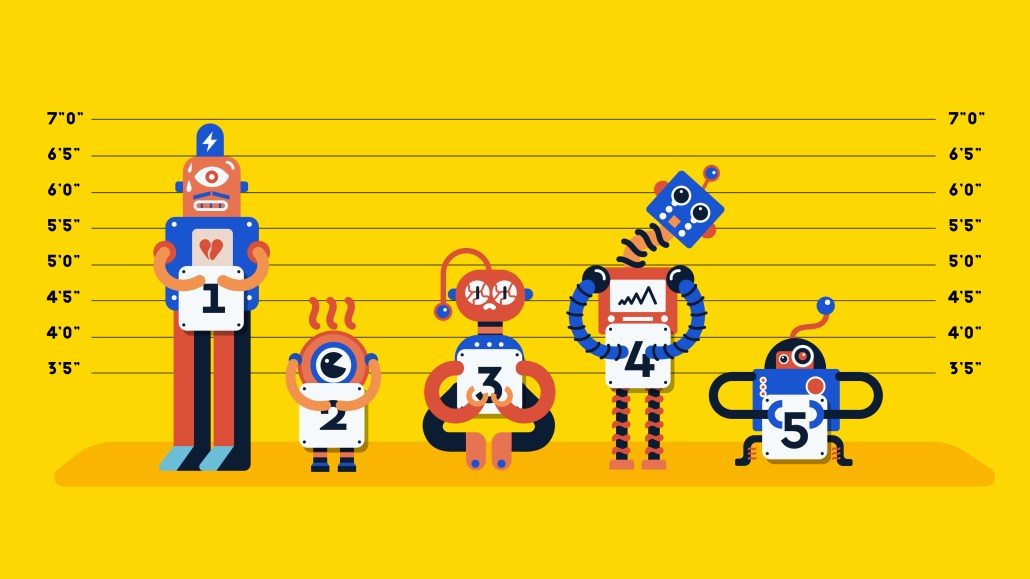ANA’s new index to gauge brands’ social responses leaves agencies feeling as if they’re already ahead of the issue

The Association of National Advertisers announced yesterday the launch an index to scrutinize how brands’ actions have environmental, social and governance (ESG) impacts. The news comes as agencies have stepped up, at least in word, their own efforts to be better global players.
The ANA’s Center for Brand Purpose is partnering with Swayable, a tech platform that gathers consumer insights, to launch the ANA/Swayable ESG Brand Perception Index, which tracks consumer opinions on ESG matters for 430 brands across seven categories: retail, finance, travel, fast-moving consumer goods (FMCG), insurance, media/entertainment and healthcare.
The index will tap a 15,000-consumer database to offer its members monthly rankings of the top 20 brands in each category. According to the ANA, consumers are queried on brand familiarity, purchase intent, environmental and social impact, and level of trust in brand governance, as well as a range of demographic, attitudinal, and behavioral segmentation questions.
Several of the holding company media agency groups have already publicized their own efforts to guide clients toward more socially responsible investments. WPP’s GroupM recently outlined its Responsible Investing framework that declared five areas of focus to “provide a comprehensive roadmap for reducing brand risk and creating a more sustainable media ecosystem,” as it spelled out in a report co-authored by global CEO Christian Juhl and global president of business intelligence Brian Wieser.
And almost exactly a year ago, IPG’s Mediabrands unit declared its 10-point Media Responsibility Principles, and earlier this spring, announced a Responsibility Index.
Notably, ANA’s index will not question advertisers on whether they’re holding themselves accountable with their media investments, unlike Mediabrands’ survey, said Joshua Lowcock, chief digital officer, UM and global brand safety officer with Mediabrands.
The ANA ESG Index considers purchase intent as a “measure of success,” he continued, adding it would be interesting for brands to go a step further to see whether “there’s a macro impact on purchase intent and what action people expect brands to take.”
Ad position: web_incontent_pos1
As an example, Lowcock posited whether environmental concerns depress purchase intent — and how consumers expect brands to make environmentally conscious decisions, in the form of reduced packaging or making carbon neutrality commitments.
“Marketers should look at where they rank (or don’t rank) and ask themselves, are they investing media in a way that undermines public perception,” he said. “Indexes like this have value in giving clients a goal to aim for – but should be considered in line with formal measures and commitments. Perception doesn’t equal reality. Brands must walk the talk.”
More in Marketing

In the marketing world, anime is following in the footsteps of gaming
As marketers look to take advantage of anime’s entry into the zeitgeist, they might be wise to observe the parallels between the evolution of anime as a marketing channel and the ways brands have learned to better leverage gaming in recent years.

With the introduction of video ads and e-commerce, Roblox looks to attain platform status
Roblox is expanding into more areas than just ads in 2024. Much like platforms such as Amazon and Facebook have transcended their origins to evolve from their origins as online marketplaces and social media channels, Roblox is in the midst of a transformation into a platform for all elements of users’ virtual lives.

PepsiCo wants to remain a ‘driver of culture’ as it turns to influencers and activations amid rebrand
The soda-maker says it can translate cultural relevance into sales volume.
Ad position: web_bfu


